耐候性试验
Weathering Testing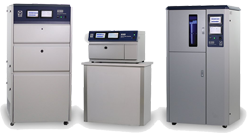
咨询热线
18566398802AATCC 109-2005
本页面标准信息均来源于网络收集,或由参与标准制定的供应商提供,只作为参考使用。我们愿意和您交流AATCC 109-2005标准细节信息或AATCC 109-2005测试方法,欢迎致电【18566398802】
AATCC 109-2005标准介绍
简介
AATCC 109-2005标准是关于低湿度环境下耐臭氧色牢度的测试标准,AATCC 109标准由AATCC 组织R33小组与1963年提出,于1972、1986、1987进行过修订,1971、1975、1983、1992、2002、2005进行重申,部分相当于 ISO 105-G03标准。
AATCC 109-2005 是由美国纺织化学师与印染师协会 (American Association of Textile Chemists and Colorists, 简称 AATCC) 发布的一个测试标准。这个标准主要用来评估纺织品在低湿度大气中的臭氧环境下色牢度的表现。
以下是 AATCC 109-2005 测试方法的一个简要中文概述:
AATCC 109-2005 耐低湿度大气臭氧色牢度
目的与应用:
- 本测试方法用于评估纺织品在特定条件下暴露于臭氧环境中时的颜色变化情况。
- 这个测试可以帮助制造商了解其产品在长期暴露于含有臭氧的大气环境下的耐久性。
原理:
- 将样品放置在一个充满臭氧的封闭容器内,在规定的温度和湿度条件下暴露一段时间。
- 臭氧是一种强氧化剂,能够导致某些染料或材料褪色或变色。
测试设备:
- 臭氧发生器:用于生成并维持测试所需的臭氧浓度。
- 温度和湿度控制装置:确保测试环境符合要求。
- 光源:某些情况下可能需要使用以模拟光照条件。
测试步骤:
- 准备好测试样品,并记录初始颜色。
- 将样品置于臭氧发生器产生的臭氧环境中。
- 在规定的时间内保持样品处于臭氧暴露状态。
- 暴露结束后,评估样品的颜色变化。
评估方法:
- 使用灰卡或其他标准化色牢度评价系统来比较暴露前后的颜色差异。
- 评估通常基于颜色变化的程度和均匀性。
报告:
- 报告应包括测试条件、样品描述以及颜色变化的结果。
温馨提醒:本AATCC 109-2005可能存在更新的版本,建议寻找AATCC 109-2005的发行商确认。
符合 AATCC 109-2005 标准的
老化试验箱
-
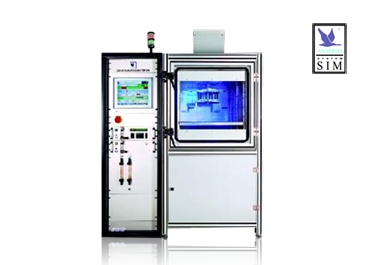
 耐臭氧老化试验机
耐臭氧老化试验机
SIM6200-T-CL耐臭氧老化试验机可为产品的耐候性能提供可靠的数据支持。
SIM6200-T-CL 马上询价 -
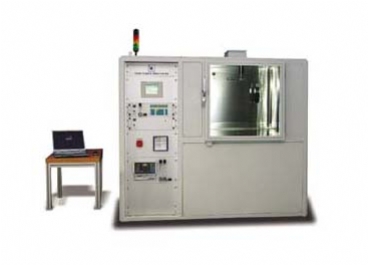
 臭氧加速老化箱
臭氧加速老化箱
SIM 7500臭氧加速老化箱为用户测试橡胶产品的臭氧老化提供了可靠的测试条件。
SIM 7500 马上询价 -
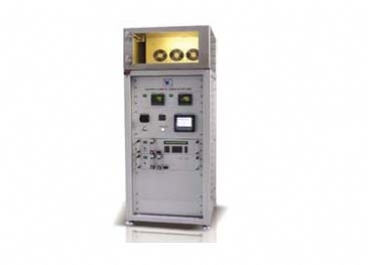
 臭氧老化箱
臭氧老化箱
SIM 6050-T臭氧老化箱具备多种不同的测量工具,精确控制橡胶产品加速老化,助你了解未来。
SIM 6050-T 马上询价 -
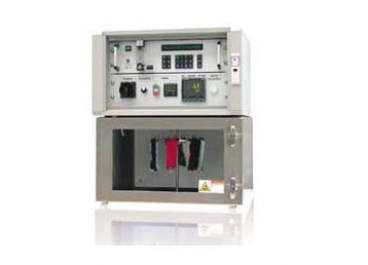
 耐臭氧老化试验箱
耐臭氧老化试验箱
SIM 6010-T耐臭氧老化试验箱用于纺织工业,造纸工业等其他科学实验。
SIM 6010T 马上询价 -
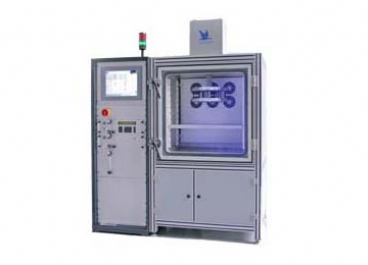
 臭氧老化试验箱
臭氧老化试验箱
SIM 6300专门用于电缆和密封件的测试:自动PLC控制,精确模拟和控制温度、湿度、臭氧浓度。
SIM 6300 马上询价
近期文章

 粤公网安备 44060402000067号
粤公网安备 44060402000067号